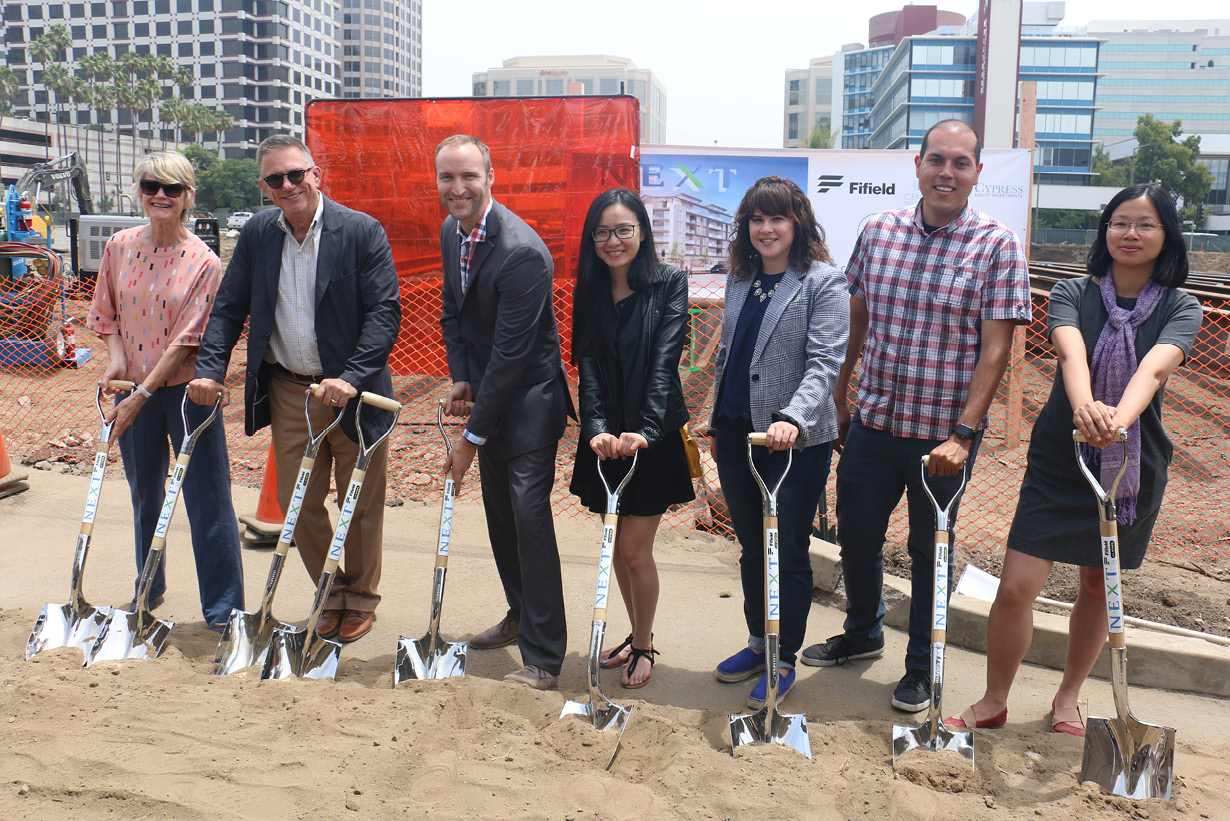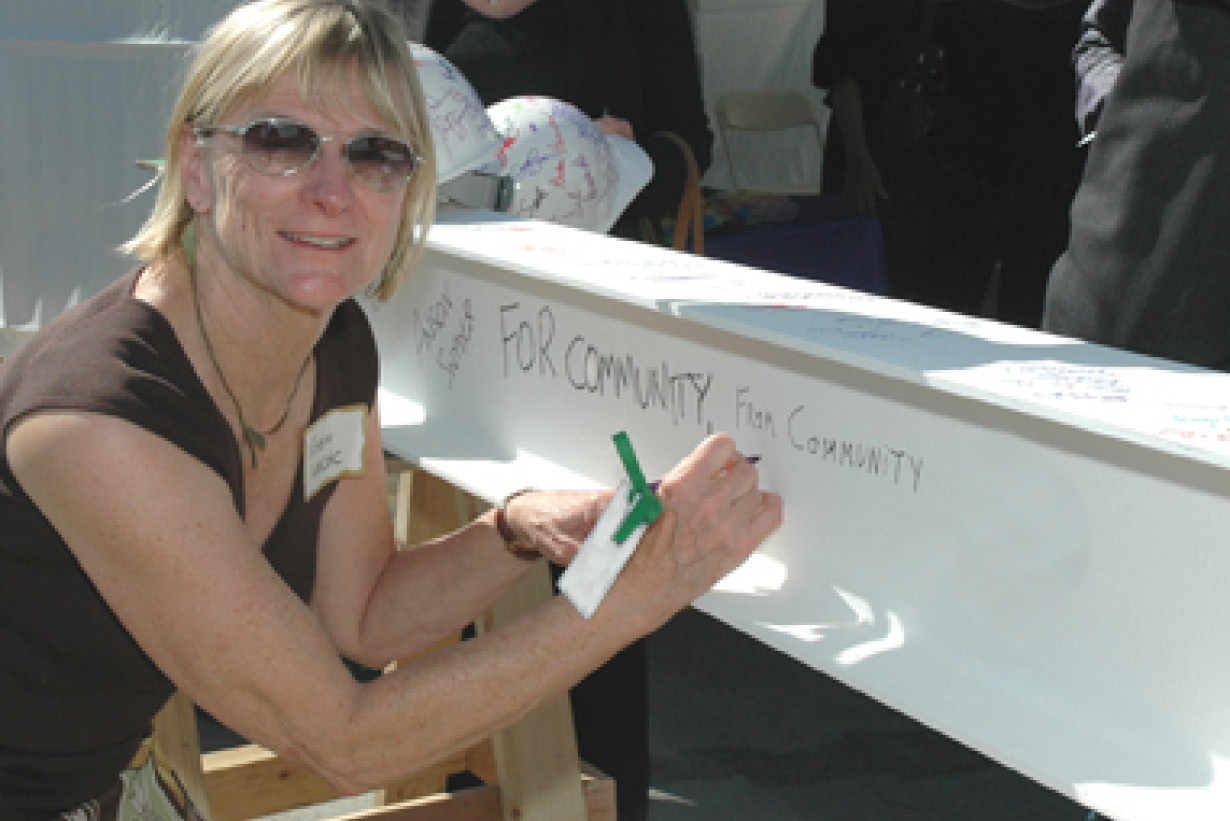Next On Lex is a Killefer Flammang Architects-designed $280 million mixed-use transit-oriented development in Glendale, Calif.
Santa Monica, Calif.—Southern California architectural firm Killefer Flammang Architects (KFA) has announced the groundbreaking of Next On Lex, a KFA-designed $280 million mixed-use multifamily project in Glendale, Calif. The transit-oriented development at 201 Lexington Drive is the largest apartment project launched in the Los Angeles area this year. It is part of $1.3 billion in new developments by Century West Partners, which is among the most active L.A. metropolitan area apartment developers.
Slated for a partial opening with available units in fall of 2018, Next On Lex will be fully completed in the fall of 2019.
“In order for this project to come about our client, Century West, requested that entitlements had to be completed within three months,” Barbara Flammang, KFA co-founder and principal, told MHN. “This is an extraordinarily short time frame, especially when this also requires city council approval. We also needed to provide large open spaces to obtain incentives for height and FAR increases from the city, yet still maintain the total number of units to make the financial structure work. We were challenged with creating four separate and distinct buildings, each with an individual design and impression, and yet still cohesive and complementary throughout the site. One unique aspect of this project was factoring in an elevated, competitive-sized swimming pool.
“We are working closely with the general contractor and lender to coordinate the construction and demolition of two temporary lots. This is important to managing the phasing of construction to meet a tight building schedule. By doing this, we were able to eliminate almost two months of the construction, realizing tremendous savings.”
Next On Lex includes four six-story buildings that include a mix of studio-, one-, two- and three-bedroom units, as well as 39 studio lofts and 10 live-work units. Occupying a full block bordered by Central Ave., Lexington Dr., Milford and Orange Sts., the development includes three levels of underground parking with spaces for 753 cars, 152 bicycles and secured storage for all units.
The Next On Lex entrance is graced by wide, welcoming paseos with spreading trees, flagstone pavers and steel planters.
Residents will also appreciate a range of luxury amenities that includes outdoor living areas, pools, landscaped courtyards that include a landscaped rooftop deck and sky lounge, multiple sun decks, and ample community space. They will be able to access an onsite business center, yoga studio and fitness center, hot tubs and the aforementioned competition-sized pool. A media room, game room, private massage room and party room with kitchen are among other luxury amenities.
“Next On Lex is a stellar example of a transit-oriented development of the highest quality that looks to the future,” said Wade Killefer, AIA, and co-founder and partner of KFA. “We are very pleased to have created this model for mixed-use multifamily projects with more upscale, luxury finishes. “With its gracious paseos and lush landscaping, Next On Lex helps meet the increasing demand for rentals that meet higher lifestyle standards, located in the more sought-after neighborhoods of the Los Angeles metropolitan area.”
Added Flammang: “Flexibility was key to keeping the project under budget and making sure we met each of the tightly-scheduled milestones.”

